Have you ever wondered how Venice was built, the city that seems to float on the lagoon? Its streets and palaces rest on a delicate balance that has withstood the centuries, yet the secret of its foundations is far from obvious. Over time, human ingenuity and the natural environment have interacted in remarkable ways, creating a city that still amazes architects and engineers around the world.
From the choice of location to the mastery of medieval techniques, and up to the challenges of modern preservation, every detail tells a story of creativity and extraordinary skill. Let’s embark on a journey that blends history, science, and fascination: a story revealing how Venice was born and has survived for centuries, suspended between water and sky.

Foundations: the secret of how Venice was built
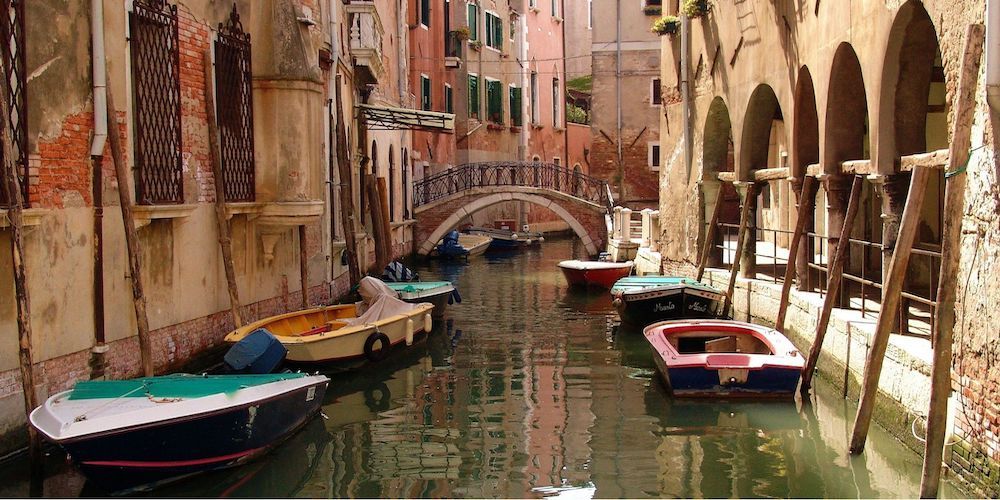
When we wonder how Venice was built, the answer takes us beneath the water’s surface, where the true heart of the city lies.
When the first settlers chose these islands, they knew the ground was muddy and unstable. To construct palaces that could withstand the centuries, they drove thousands of wooden piles side by side to create a compact base. On top of those piles they laid horizontal planks and, above them, blocks of Istrian stone—a dense limestone that does not fear brackish water.
It’s astonishing to think that the constant movement of the lagoon, depriving the wood of oxygen, has transformed it into a nearly fossilized material, hard as rock.
Every time we stroll through San Mark's Square or admire the Doge’s Palace, we are literally walking on a submerged forest: a marvel we can only imagine, yet one that has supported the city’s weight for over a thousand years and explains how Venice still seems to float today.
The challenges of lagoon engineering
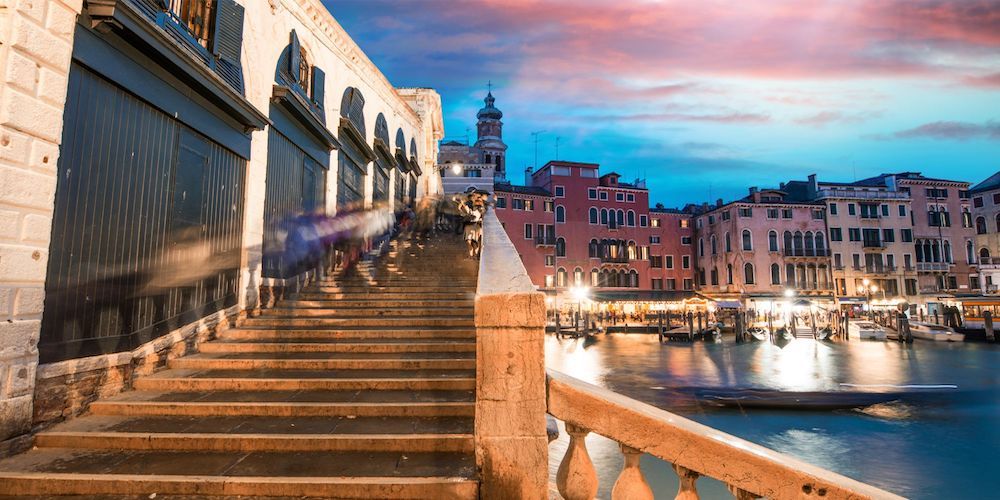
Building a city on water required extraordinary creativity—the true engineering of Venice.
While other medieval cities raised defensive walls, here people studied how to “dialogue” with the lagoon: a fragile balance in which every new building had to harmonize with the existing ones without compromising the foundations.
Over the centuries the Venetians diverted canals, created artificial mudflats known as barene, and designed dikes to tame the tides. Each building had to achieve the proper harmony with the ground and the water, through calculations and insights that still leave us amazed today.
When we cross the Rialto Bridge, for example, we can’t help but sense the ancient wisdom that made it possible: a structure that spans the Grand Canal with elegance and stability, showcasing how the skill of master builders transformed a maze of islets and canals into a magical city.
Medieval mastery in Venetian shipyards
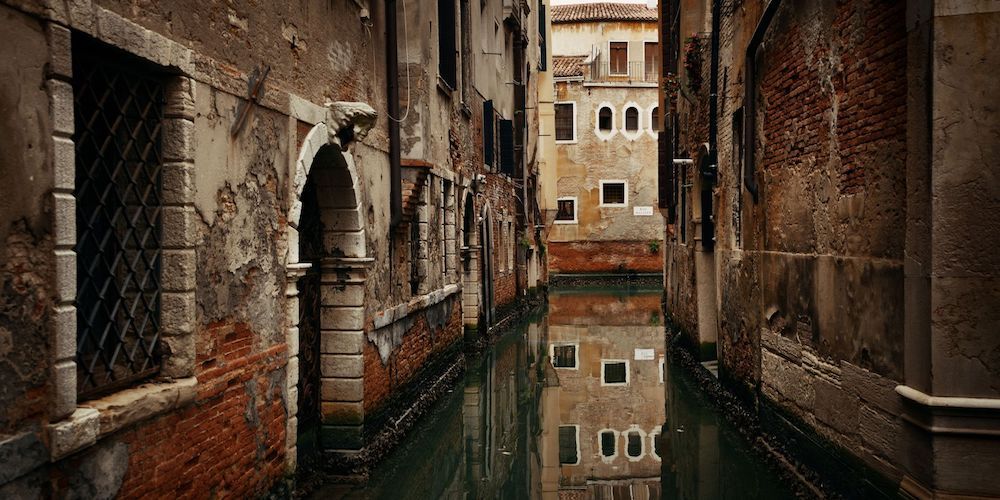
To understand how Venice learned to withstand time and water, we can imagine the canal waters sparkling in the sun, while workers bent over their tasks transformed the unstable lagoon soil into solid foundations for the city's palaces.
Heavy materials—stones, bricks, and beams—arrived by boat, transported along the canals almost to the doors of the construction sites. There, with the help of rudimentary cranes and temporary platforms, workers managed to lift and position stone blocks and wooden beams, working directly above the water.
The piles driven into the mud were chosen from oak, larch, and alder—durable woods that, deprived of oxygen, remained perfectly preserved for centuries. Mortars and plasters were made with lime and sand to allow the walls to "breathe" and protect the structures from the lagoon's humidity.
Buildings were constructed in multiple phases: first the foundations, then the lower floors, followed by the upper floors, and finally the exterior decorations. Every intervention required precision, patience, and a deep understanding of the lagoon’s environment.
Even today, we can almost feel how intricate work of skilled hands and submerged wood tells the story of a city that has learned to grow in extraordinary ways over the centuries.
Guarding Venice: preservation today
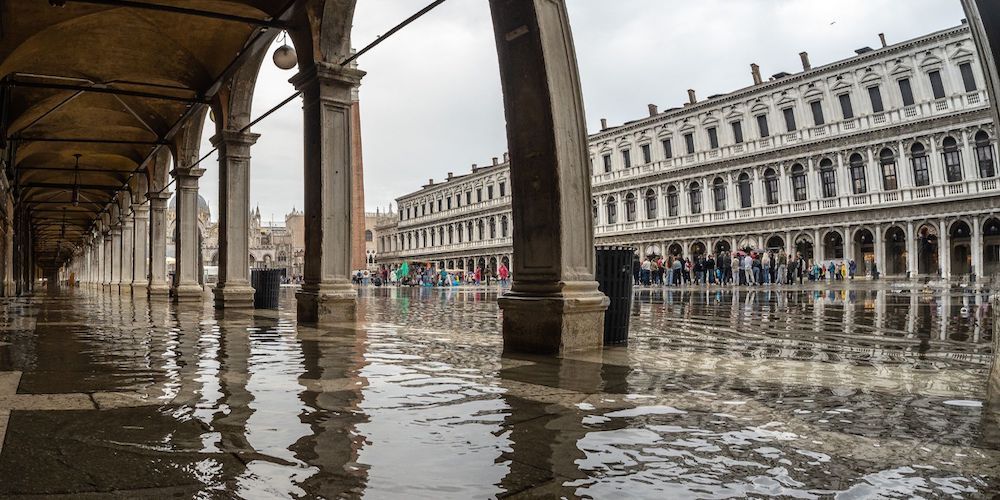
Even the shadow of a reflection on the water reminds us that Venice exists in a delicate balance between resilience and fragility. Walking through the narrow streets and small squares, we almost instinctively pause at a rising tide, a suddenly appearing walkway, or a façade that seems to crumble into a canal: daily signs of a city that has battled water for centuries and now faces new challenges.
Acqua alta (high tides), climate change, and subsidence are not just technical terms, but tangible forces that impact the city every day. And all around us, Venice works quietly: the skilled hands of restorers repair cracked marble, while constant monitoring ensures the stability of the submerged foundations.
Even the MOSE barriers, when they rise, remind us that the city can never stop, that it must continually defend itself. True preservation lies in the daily care, in concrete actions, and constant attention to protect the balance of a unique place, enchanting us step by step.
Respecting Venice through responsible tourism
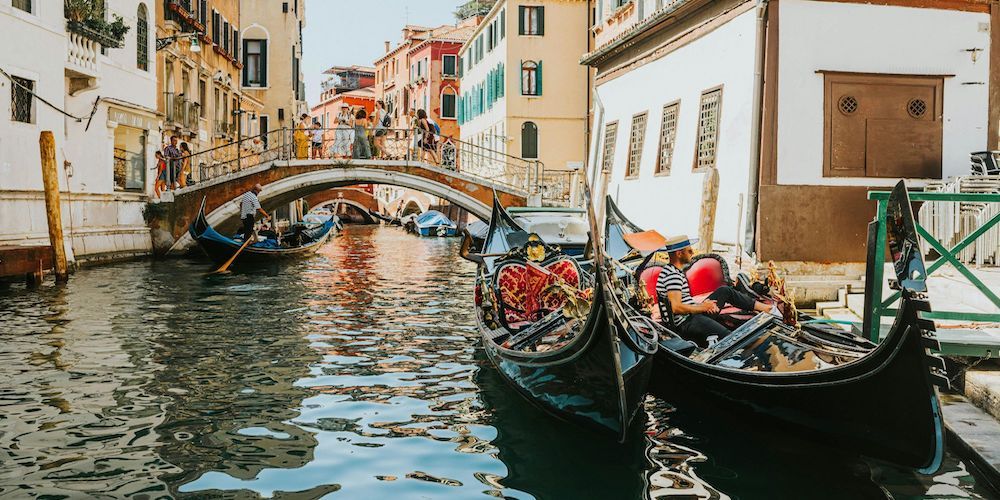
Just as the city survives thanks to the daily care of restorers and technicians, we visitors can also help preserve its fragile beauty.
Every visit to its most iconic monuments, every gondola ride or vaporetto trip, leaves a mark on the city and the lagoon. Choosing less crowded routes, supporting local businesses, and minimizing the impact of our movements is not just good practice: it is a concrete way to protect the foundations, historic buildings, and canals.
Walking slowly and pausing to watch the water reflecting the elegant façades, we understand that sustainable tourism is not a sacrifice, but a form of participation: contributing to the preservation of Venice means allowing future generations to experience this marvelous city with the same wonder we feel today.
Explore Venice sustainably with the Venice PassVenice timeline: from origins to MOSE
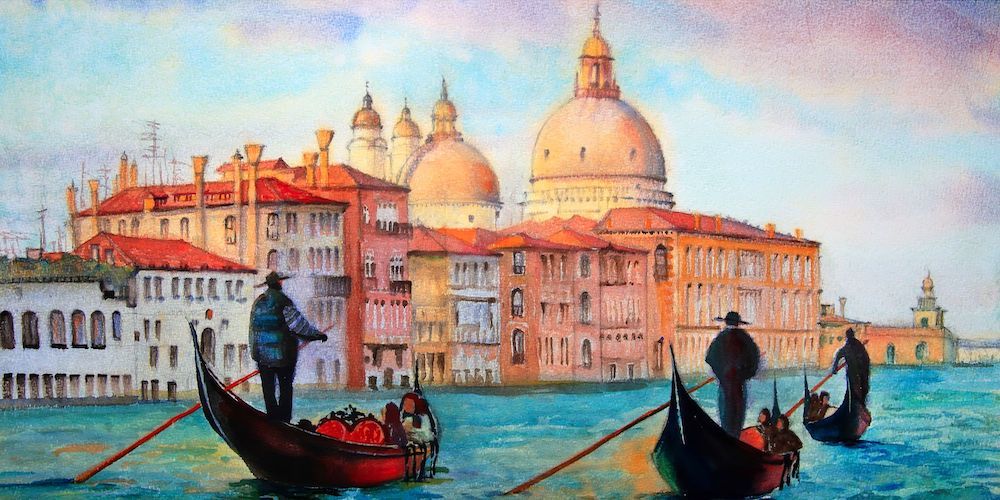
The history of Venice can also be read as a sequence of challenges and solutions. From the first wooden piles to modern defense systems, each era has left a mark that still allows the city to exist today.
- 5th/6th century: the first settlers choose the lagoon islands as a refuge from invasions and begin driving wooden piles into the mud.
- Middle Ages: large construction sites take shape: beams, Istrian stone, and special mortars make it possible to build palaces and churches that seem to float on water.
- 16th/17th century: Venetians divert rivers, create artificial salt marshes, and design new hydraulic works to protect the lagoon.
- 20th century: restorers and engineers develop modern systems to monitor subsidence and humidity, keeping the foundations alive.
- 21st century (2020): the MOSE project comes into operation: mobile barriers that rise to protect the city from exceptional tides.
Some fascinating FAQs about how Venice was built
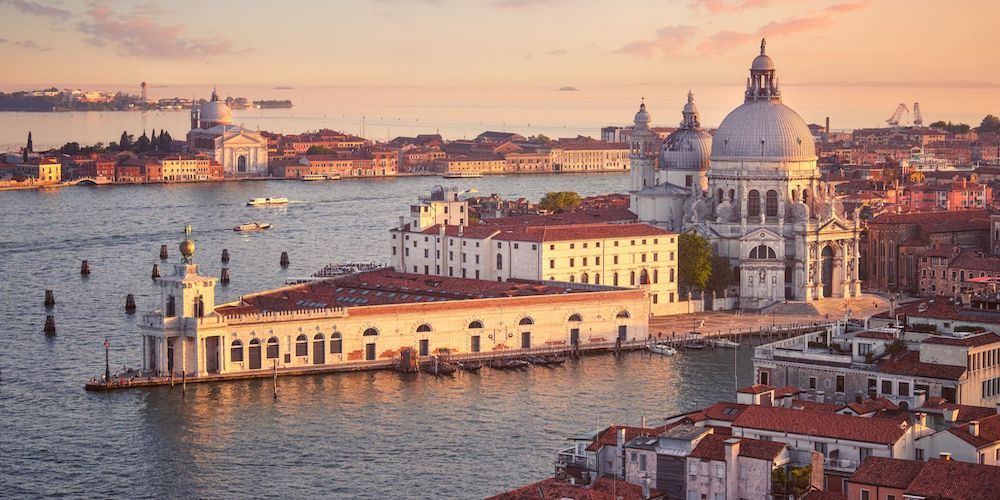
1. How was Venice built on water?
The city was founded by driving millions of wooden piles deep into the lagoon mud, then covered with platforms and stone foundations. Over time, the oxygen-free water petrified the wood, turning it into a rock-like material that still supports churches and palaces today.
2. What materials were used in Venice’s foundations?
Builders used sturdy woods such as larch, oak, and alder for the piles, which can last for centuries underwater. On top came Istrian stone—hard and water-resistant—while bricks gave shape to the walls: a clever mix that has stood the test of time.
3. How does Venice prevent buildings from sinking?
The secret lies in the submerged piles, which don’t rot and remain compact even underwater. Today, constant monitoring and targeted restoration add another layer of protection, keeping the city delicately balanced.
4. Does the MOSE system really protect Venice from flooding?
Yes, the MOSE barriers rise to block the sea during exceptionally high tides. It’s not a permanent fix, but in recent years it has greatly reduced flooding and remains a vital shield for the city.
5. Why does Venice flood so often?
Because the city lives in a fragile balance between sea and lagoon, and even small changes can tip the scale. High tides are triggered by a mix of tide, wind, and air pressure—sometimes enough to bring water into the narrow streets and squares.
6. Is Venice at risk of disappearing?
Not immediately, but climate change and rising sea levels pose serious challenges. Its survival depends on constant maintenance and the protection of the lagoon—a shared responsibility for both residents and visitors.
About the author
Written on 13/10/2025



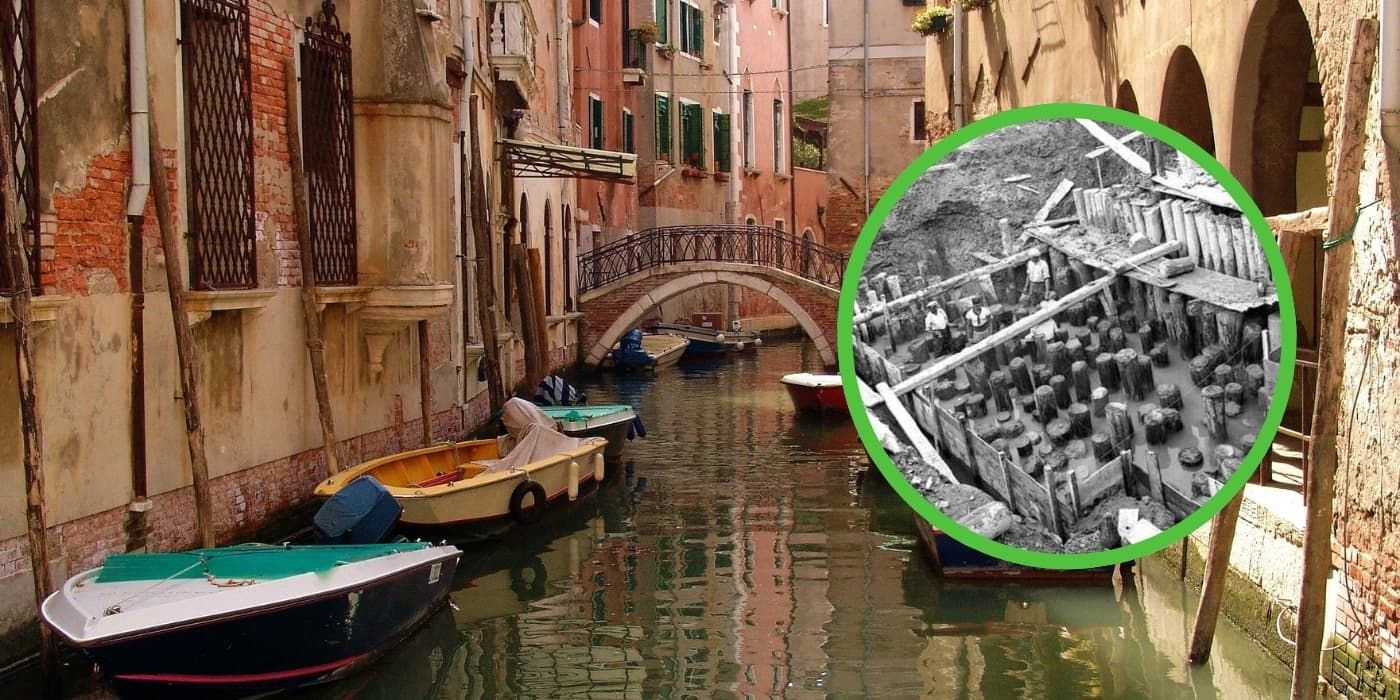

Alessandro Savino
Let’s stroll together through quiet streets and elegant palaces on a surprising journey to unveil how Venice was built.